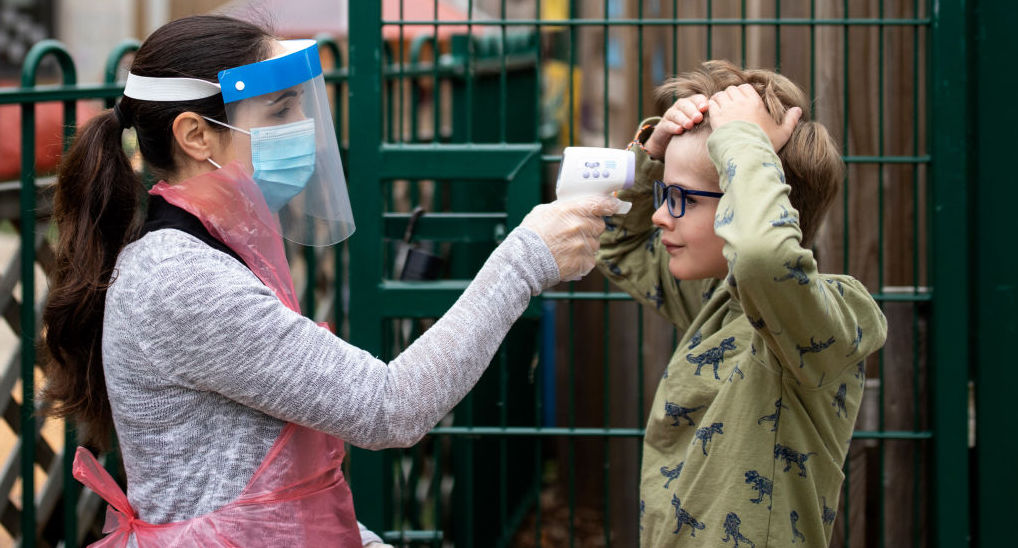Noteworthy: 1,500 paediatricians, members of the Royal College of Paediatrics and Child Health (RCPCH), have signed a letter to the Prime Minister urging him to “urgently publish clear plans for getting children back to school”. On Sunday, 120 experts wrote to The Sunday Times saying that lockdown is having an “incredibly harmful impact” on children.
I wrote recently about the risks of sending children back, and the risks of not doing so. It’s a difficult and vexed question. But I think it’s fair to say that the bulk of expert opinion, now, suggests that the costs of keeping children at home for much longer will outweigh the risks of sending them back.
Dr Max Davie, a paediatrician and signatory to the letter, told me that the risks to children are known to be small, and that the risks of children acting as significant reservoirs of disease seem small as well: they seem to be both less likely to catch it and less likely to transmit it. He says that there are reasonable concerns over the safety of teachers, but that steps can be taken to protect those at greater risk. (Relevant: three Bristol University researchers looked at the evidence recently and found that “Covid-19 risk does not appear greater for teachers than other working age individuals”.)
And on the other side of the ledger, he and the RCPCH are concerned about the costs in terms of mental and physical health, of education loss, of safeguarding. And this cost will not be borne equally. “I think the risk, particularly to any kind of disadvantaged child — whatever disadvantage you want to talk about — is getting very much greater,” he says. “We’ve already got very unequal outcomes in terms of mental and physical health, across disability, ethnicity and poverty, and it’s going to get worse.”
My six-year-old started back at school today; a depleted half-class in two days a week, queuing two metres apart to get in the school. He’ll only be there for four weeks before the summer holiday starts again: it will be important, says Davie, to get children some sort of contact with the school system over the summer so that vulnerable children don’t start even further behind in September.
The RCPCH is not calling for a headlong rush back, with 30 kids to a classroom, full-contact sport and swimming lessons. But it does want to know how the government plans to get all kids back in school again. In the Netherlands, children are back in full-strength classes with no social distancing between the under-12s; it’s only been 10 days, but so far there is no sign of it causing any major new outbreaks.
Most of all, everyone needs to know where they stand. “When I talk to teachers, and I do that every day,” says Davie, “they want some clarity about what the plan is, and they don’t have it.” Parents feel the same. No one is suggesting this is easy or risk-free. But the societal costs are mounting and the risks of reopening schools (in a managed way) looks small.











Join the discussion
Join like minded readers that support our journalism by becoming a paid subscriber
To join the discussion in the comments, become a paid subscriber.
Join like minded readers that support our journalism, read unlimited articles and enjoy other subscriber-only benefits.
Subscribe